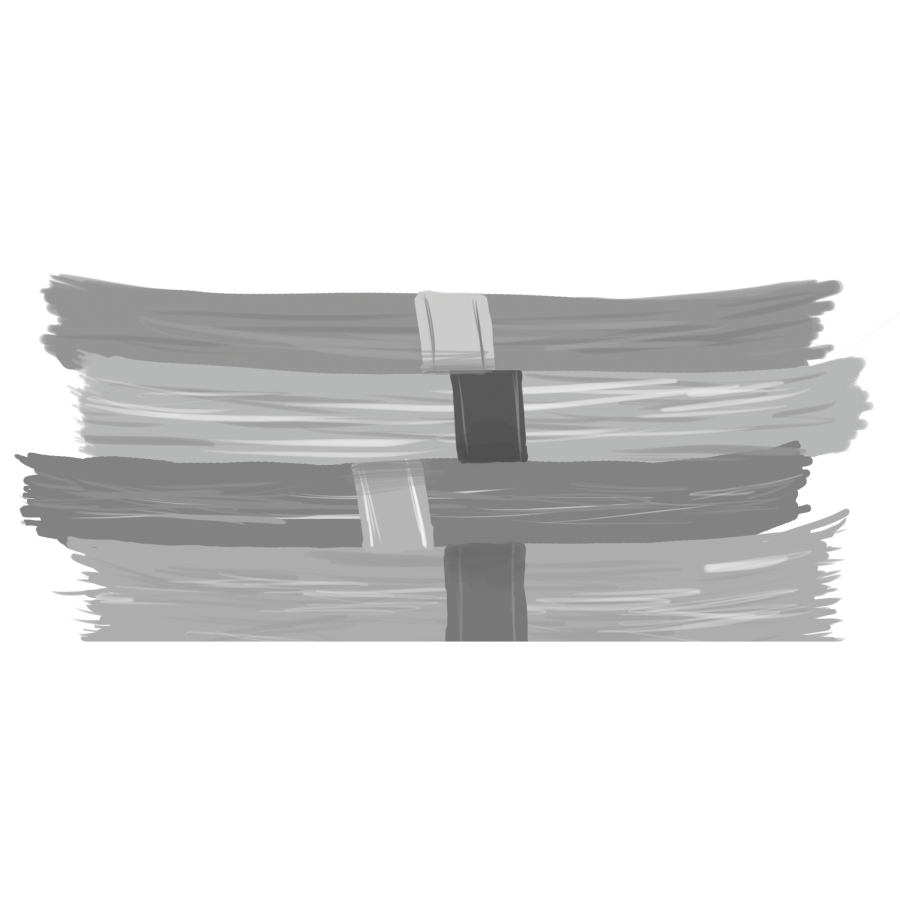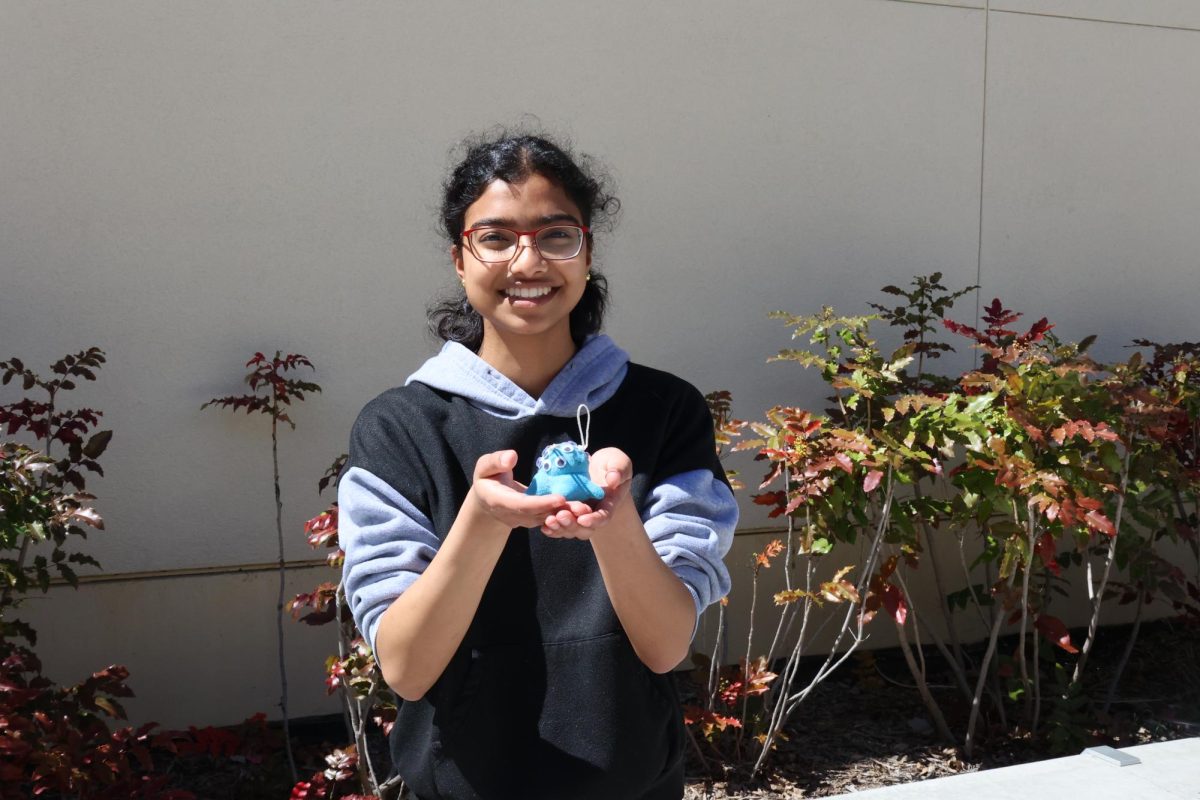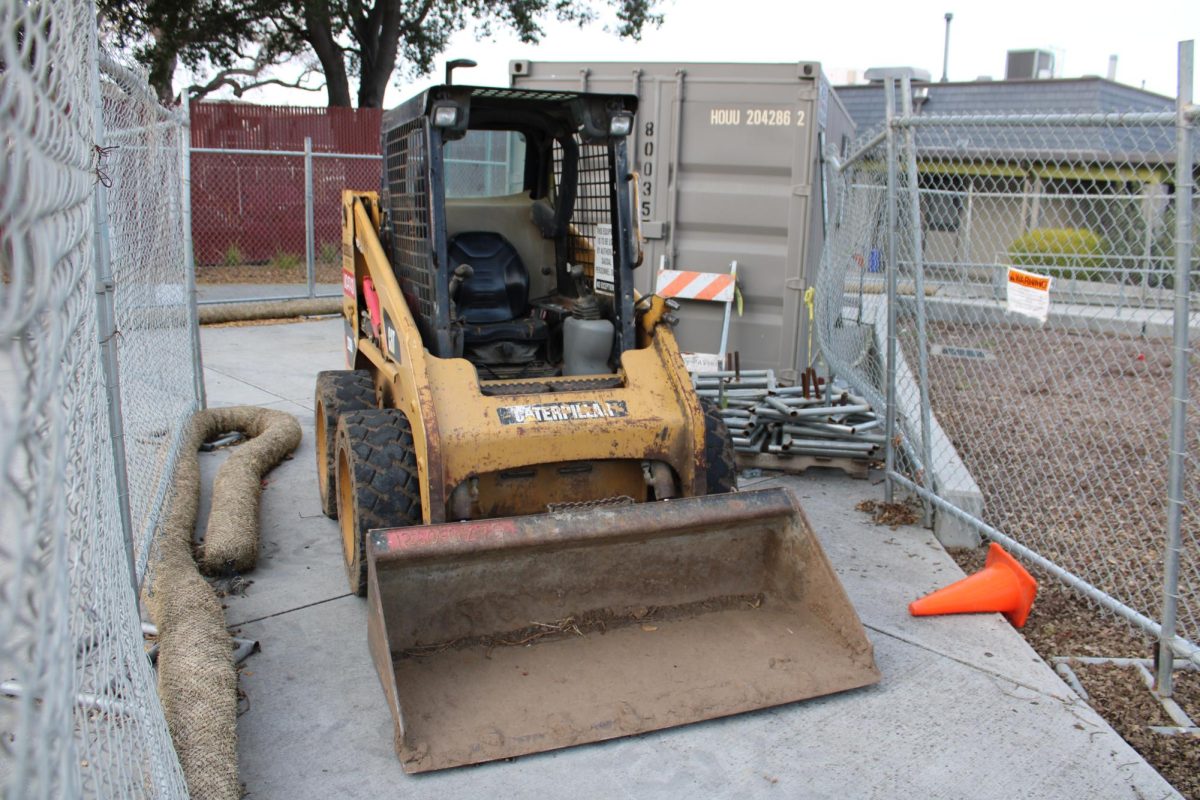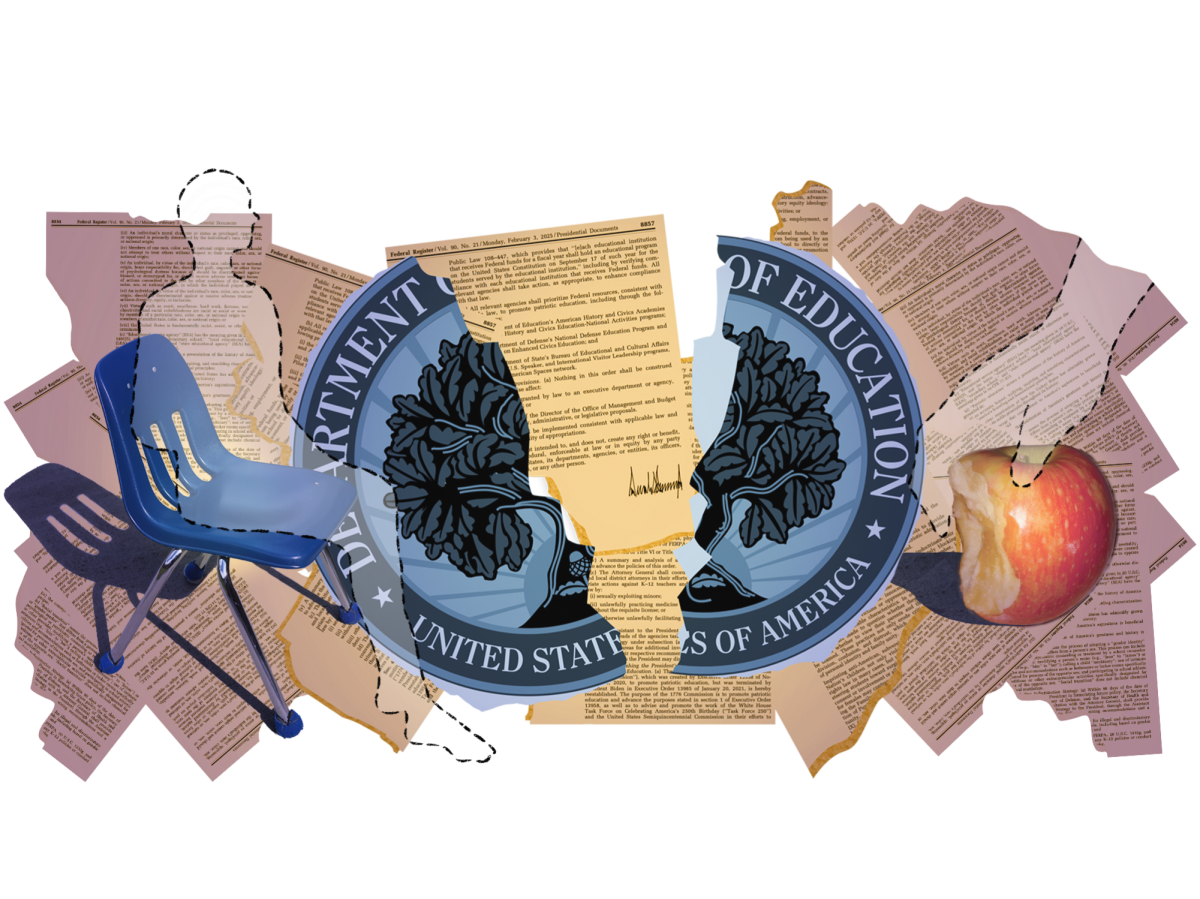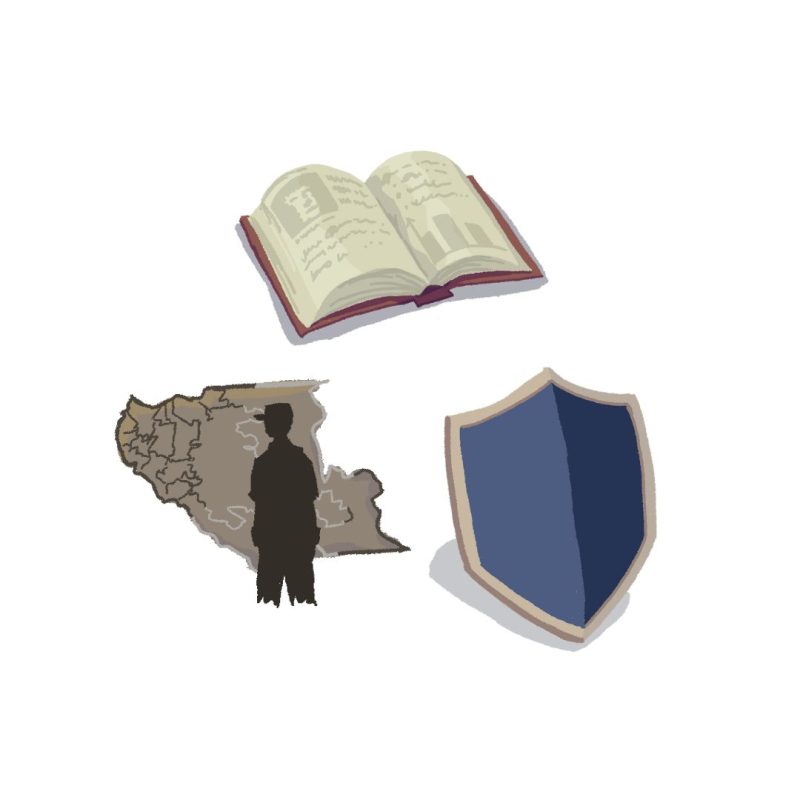Written by Helen Nguyen and Aleks Tycz
Following a major budget miscalculation, the Palo Alto Unified School District (PAUSD) must make $3.3 million in cuts.
PAUSD Superintendent Dr. Max McGee believes that the budget cuts are going to impact some of the district’s infrastructure. “We’re trying to keep the cuts from having any effect whatsoever on teaching and learning, on equity and access, or wellness and safety,” he said. “But at some point you need an infrastructure to support those programs, so we’re getting down to the bone.” McGee says that class sizes will not be further reduced due to the budget cuts interfering with the District’s plan to further reduce class sizes by halting the hiring of new staff. “Some of the items we talked about last year included adding more more teachers to further reduce class sizes,” McGee said. “Instead, we’re going to add a few more teachers, but not as many as the budget originally called for.”
Following an initial proposal that provided $3.5 million in cuts, the School Board requested an additional $2 million in possible reductions. While the final plan will call for around $3.3 million in cuts, Board member Terry Godfrey and other members of the school board are interested in a larger pool of items that can potentially be cut. “The additional $2 million was just to give us more options when determining how to best minimize the impact on the classroom and school,” Godfrey said. “Obviously the goal is to avoid these cuts significantly affecting students.”
To meet the budget cut requirements, the district is looking at eliminating some positions and consolidating others. “The work doesn’t go away—the work is still here—but that means someone else has to do it if we eliminate a position or if we consolidate two positions into one,” McGee said. He believes that one can only stretch people so thinly before they become more ineffective. “Certainly I think there are some efficiencies that we can achieve by reducing some staff, but if you ask too many people to do too much, either they do a poor job or they just leave because it’s too much,” McGee said. As he wrote in a document to the Board, reducing staff to a point will result in burnout and quick exits. “There is a whole district office that supports our goals, schools and funding,” McGee said. “We can manage to a point, but if there are too many cuts, the infrastructure crumbles.”
In order to minimize impact, the Board is focusing on reductions that can be made outside the classroom. “We are reviewing roles in the district in addition to programs and activities PAUSD offers,” Godfrey said. Funds currently allocated for field trip buses and campus landscape maintenance are included in these potential out-of-classroom reductions. “We will review additional district activities such as staff development and search for alternative sources to fund them in some cases,” Godfrey said. “There are reserves and money unused from prior years that has been previously allocated to these more important activities.”
Gunn Principal Dr. Denise Herrmann was notified of a number of initial cuts and believes the classroom impact will be minor. “I’ve been told we will receive the same number of teaching FTE (Full-Time Equivalency), so that’s not being touched,” Herrmann said. “However, I will be receiving half an FTE less for my TOSA (Teacher On Special Assignment) leadership positions in areas such as literacy work, wellness or intervention.” Herrmann is also aware of a number of potential cuts on the top of the districts list. “There will possibly be a reduction in clerical in addition to cutbacks in our volunteer coordinator hours,” she said. Herrmann foresees the potential cut that would garner most student notice to be a reduction in the school’s discretionary fund. The amount in discretionary funds allocated to each school is determined by number of students. “We currently receive $105 per student, but one of the potential budget plans calls for a reduction to $85,” Herrmann said. “These funds are used to run the school, so students may notice less materials for some labs or various other classes.”
McGee doesn’t believe that the community will see a change; however, there will be indirect impacts. Some of the indirect impacts will result in not being able to give as much time and attention to supporting teachers. “For example, we’re putting teachers on special assignment back in the classroom, so I think the teacher’s professional learning is compromised which indirectly impacts their teaching in the classroom,” McGee said. He is also worried about not having the money to give the third year of contractional raises. “I don’t know what we’re going to do for compensation increase—that impacts everybody in terms of morale,” he said. McGee stated that the principals and school site administrators will most likely have to do more work while not getting as much support from the district office for some programs and services.
Both Godfrey and Herrmann have received responses to the proposed cuts from a number of community members. “Folks who feel strongly about a particular cause will see something they value on the list and get nervous,” Godfrey said. “And while we have yet to make any final decisions, they will write or call us to request the removal or partial removal of that item from the list.” In addition, community members and groups and such as the Parent Teacher Student Association have been working to generate alternative funding for some of the cut programs. “Parents are already brainstorming ways in which the community can fill in the gaps,” Herrmann said. “The parents understand that there is a budget shortage and are now looking for ways to minimize the impact for the next three or so years.”
McGee plans for the first cut to be in the district office. “We are either eliminating or consolidating six full-time positions—that’s over a million dollars—out of the district office,” McGee said. “We are also not funding six positions which we haven’t filled yet—we have six positions that would further reduce class size beyond what it is this year, three at the middle school and three at the high school—there’s $750,000 right there.” Besides eliminating and not filling positions, the district also plans to save some money on procurement and review the necessity of classified staff at each school. “I’ve asked the principals to eliminate one classified position from every elementary school and two from each secondary school. That saves almost $900,000, so that puts us well over the $2 million mark,” McGee said. He emphasizes that ideally, those latter reductions would be through attrition, where the district just wouldn’t fill positions that go vacant.
To avoid further problems in the future, the District plans to get a better estimate from the assessor’s office of what will be exempt property and what will not be exempt property. McGee stated that the result of the shortfall was due to property at Stanford that was on the tax rolls but was not designated as exempt property until June of last year. According to McGee, proceeding his time as Superintendent, PAUSD hasn’t traditionally talked with either Stanford or the assessor’s office as much as they should have been. The district is now working a lot more closely with Stanford to see what they are putting on the tax rolls, and plans to work more closely with the assessor’s office. “The assessor’s office is eager to work more closely with us,” he said. “This gap between projected and actual revenues did not look good for anybody, and we’re working more closely with them this year to try to get a handle ahead of time on what properties are exempt.” McGee stated that the assessor’s office is good about reporting property on the tax rolls, however they don’t calculate the exempt property until late in the fiscal year, after the budget has gone to press, which can prompt problems.
On Apr. 11, McGee will hold a townhall meeting to draw the district’s final position on the budget cuts. “Based on what I hear at the April 11 town hall meeting, [budget cut areas] may change, but we’d like the Board to see the full program of adjustments on April 18 and then vote the first meeting in May,” McGee said. “I hope that you can encourage the students, staff and community to come to the town hall meeting at the district office on April 11. It’s always important for us to hear from the public, especially the students.”



